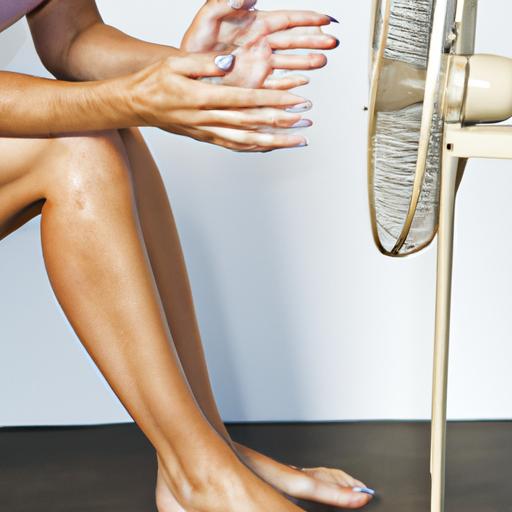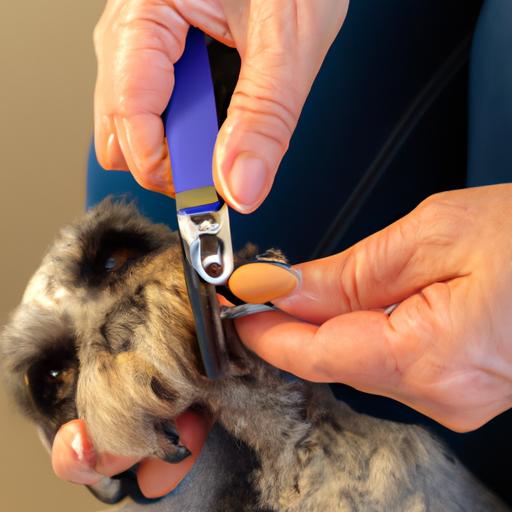Table of Contents
Do you find yourself waiting forever for your nail polish to dry? Wondering when you can finally go about your day without worrying about smudges and chips? Look no further! In this article, we’ll delve into the factors that affect nail polish drying time, explore how long different types of polish take to dry, and provide you with valuable tips to speed up the process.
Factors That Impact Drying Time
Ever wondered why your friend’s nail polish dries faster than yours? Several factors come into play, influencing the drying time. Let’s take a look at the most common ones:
Humidity
The humidity in the air can significantly impact the drying time of your nail polish. High humidity levels slow down the evaporation process of the solvents in the polish, making it take longer to dry.
Thickness of Polish
The thickness of the polish also plays a role in how long it takes to dry. Thick coats of nail polish not only take more time to dry, but they are also more prone to smudging, dents, marks, and chipping. To avoid these pitfalls, it’s best to apply thin coats and allow each layer to dry before adding another.
Quality of Polish
The quality of the nail polish affects its drying time as well. Cheaper polishes tend to take longer to dry, while higher-end ones dry faster. This is because high-quality polishes contain solvents that evaporate quickly, resulting in faster drying times.
Application Technique
The way you apply the polish can also affect how long it takes to dry. Applying the nail polish too quickly or using a thick layer can prolong the drying process. It’s always best to apply thin coats and let each layer dry thoroughly before moving on to the next.
In conclusion, several factors impact the drying time of nail polish, including humidity, polish thickness, polish quality, and application technique. Understanding these factors will help you estimate how long it will take for your nail polish to dry. Now, let’s move on to the average drying time for different types of nail polishes.
Average Drying Time for Different Types of Nail Polish
The drying time of nail polish varies depending on the type you’re using. Here are the average drying times for each type:
Regular Nail Polish
Regular nail polish typically takes around 2-3 hours to dry completely. However, it’s recommended to wait at least 24 hours before exposing your nails to water or other elements to prevent smudging and chipping.
Quick-Dry Nail Polish
Quick-dry nail polish, as the name suggests, dries faster than regular nail polish. It usually takes around 5-10 minutes to dry. However, to be on the safe side, it’s still advisable to wait 15-20 minutes before subjecting your nails to water or other elements.
Stay tuned for the next two sections, where we’ll explore tips to speed up drying time and the risks associated with not waiting long enough for your nail polish to dry.
Additional Drying Time Considerations
Gel Nail Polish
Gel nail polish requires UV or LED light to dry. Each coat takes approximately 30-60 seconds to cure under the light. The final layer requires 2-3 minutes to ensure complete drying. While it does take a bit longer, gel nail polish offers long-lasting wear compared to other types.
In summary, the type of nail polish you use determines its drying time. Regular nail polish takes the longest to dry, quick-dry polishes dry faster, and gel polishes require additional time due to the curing process.
Tips to Speed Up Drying Time
Waiting for your nail polish to dry can be frustrating, but there are ways to expedite the process. Here are some tips:
Use a Quick-Dry Topcoat
Applying a quick-dry topcoat is an excellent method to accelerate drying. These topcoats contain ingredients that speed up the drying time. After applying the nail polish, add a layer of quick-dry topcoat and wait a few minutes before exposing your nails to water or other elements.
Utilize a Fan or Dryer
Using a fan or a hairdryer set on the cool setting can help speed up drying. Hold your nails in front of a fan or use the dryer, keeping it at least 6 inches away to prevent smudging or denting of the polish.
Apply Thin Coats
As previously mentioned, thin coats dry faster. Apply a thin layer of nail polish and wait for it to dry thoroughly before adding another coat.
Try Cold Water
Running your nails under cold water for a few seconds after applying the polish can also help accelerate drying. The cold water aids in the drying process.
In conclusion, there are several methods to speed up the drying process of your nail polish. These include using a quick-dry topcoat, utilizing a fan or dryer, applying thin coats, and trying cold water. Experiment to find what works best for you and your preferred nail polish.
Risks of Not Waiting Long Enough
Not waiting long enough for your nail polish to dry can lead to various problems, including:
Smudging
If you touch or bump your nails before the polish is completely dry, it can smudge and ruin the finish of your nails, necessitating a reapplication.
Dents or Marks
Wearing shoes or gloves before your nail polish has dried fully can result in dents or marks on your nails, which can be frustrating after putting effort into your manicure.
Chipping
Exposing your nails to water or other elements before the polish is fully dry can cause chipping. This not only damages the appearance of your nails but also wastes the time and effort spent on your manicure.
Conclusion
Knowing how long it takes for your nail polish to dry is crucial for achieving a flawless manicure. Several factors play a role in drying time, such as humidity, polish thickness, polish quality, and application technique. Different types of nail polish require varying amounts of time to dry. Waiting until your polish is completely dry helps avoid smudging, dents, marks, and chipping.
To speed up the process, experiment with quick-dry topcoats, fans, dryers, thin coats, and cold water. However, remember that individual preferences may vary. So, be patient, take your time, and let your nails dry completely. By following these tips and recommendations, you’ll enjoy a long-lasting, flawless manicure.







